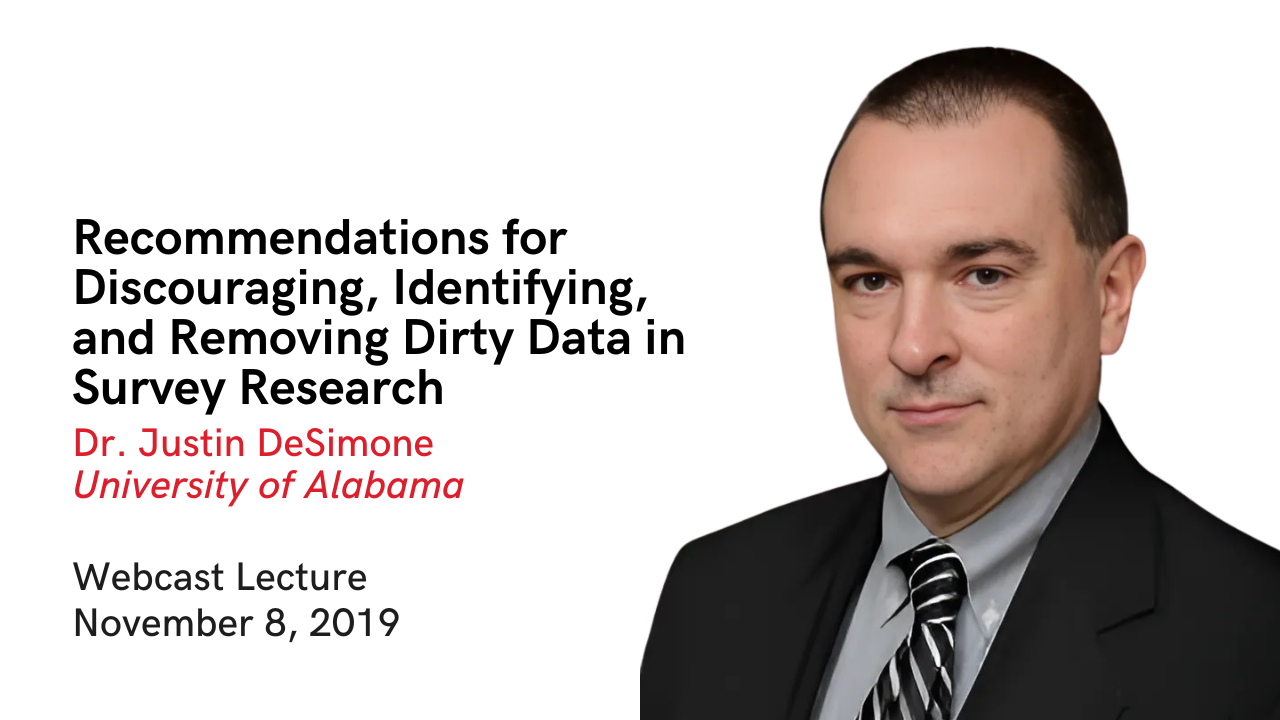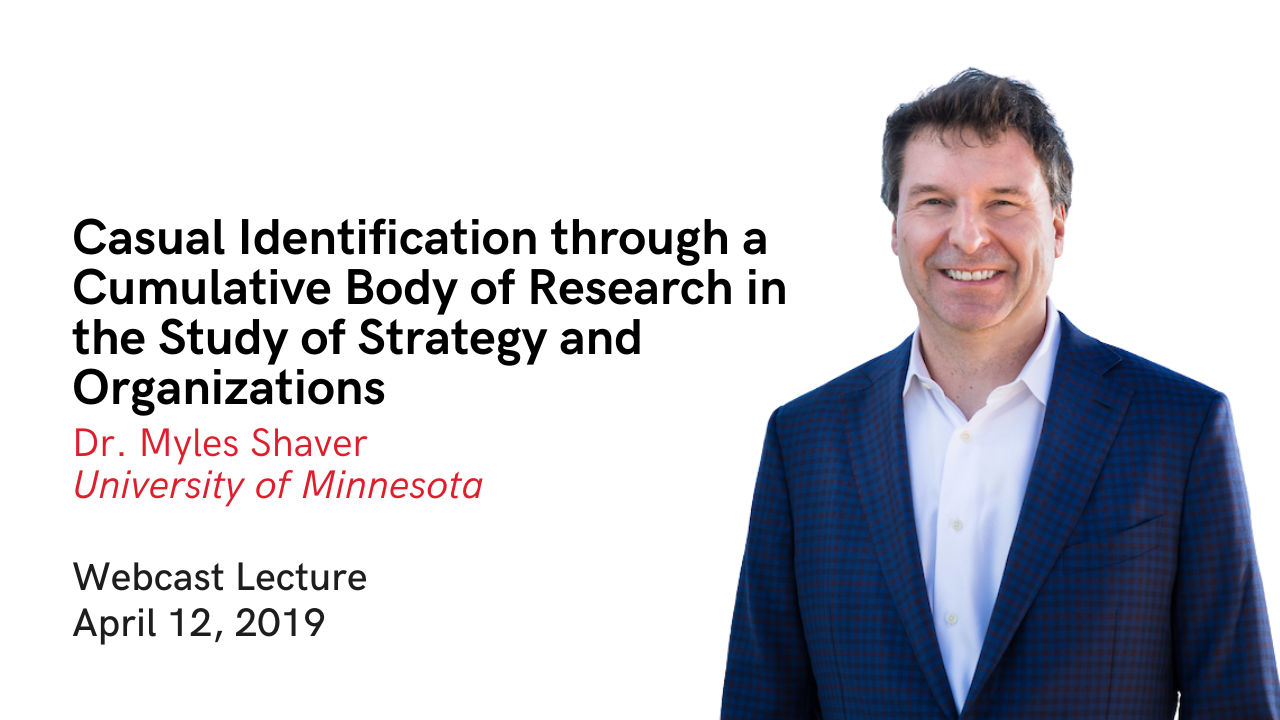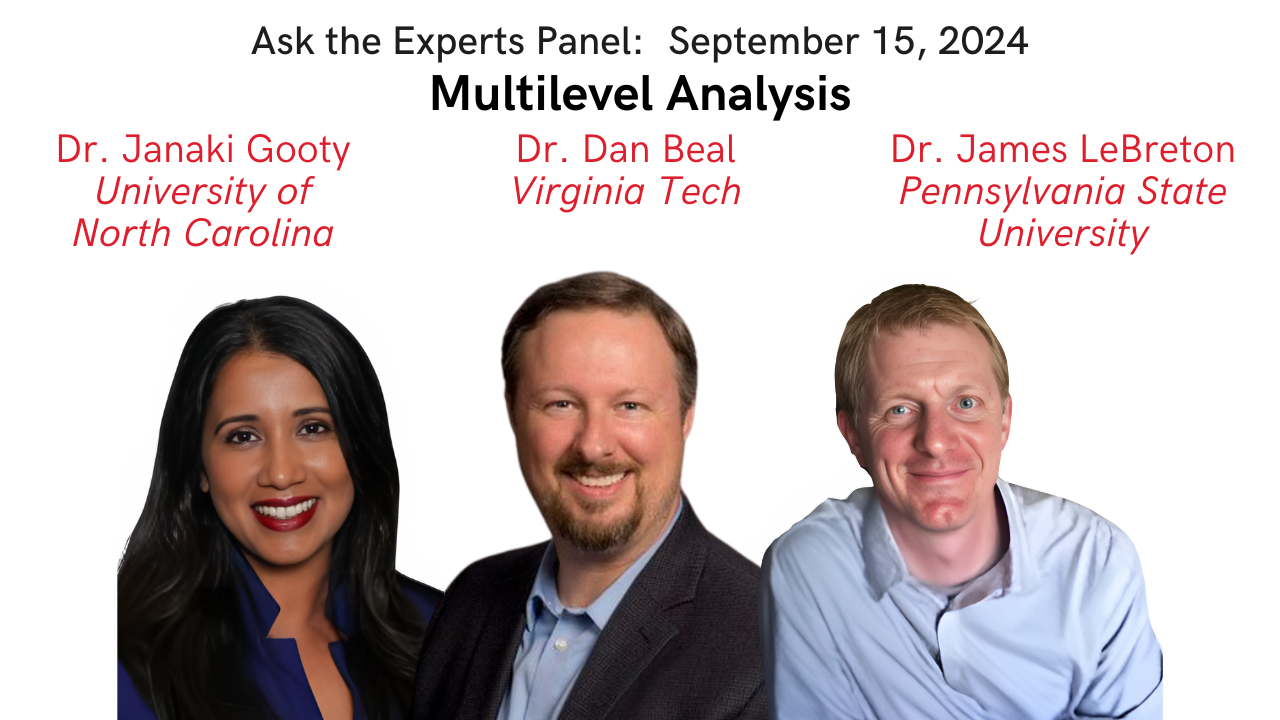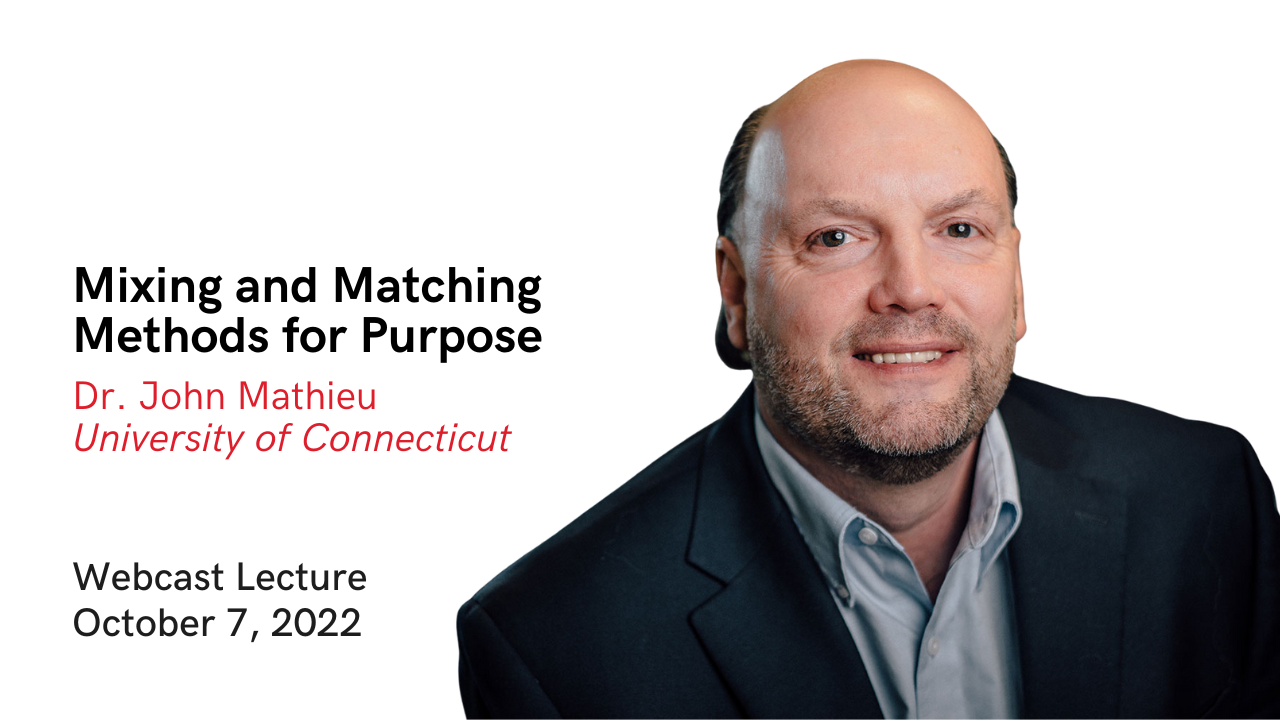
What is the Methods Review Watch Series?
Registration
The Methods Review Watch Series concept originated in June 2021 as the Summer Watch Series at the University of Minnesota and was proposed to CARMA by Elizabeth Campbell, Betty Zhou, and Chris Winchester. Their goal was to informally convene groups of those interested in research methods to learn more about topics of interest and build connections.
Based on their success, CARMA will expand this Series in August 2025 to include additional sessions and involve more schools. The CARMA Methods Review Series – August 2025 will be open to participants from CARMA’s Institutional Membership and Affiliate Programs, as well as non-members who register for CARMA’s Limited Access Pass.
The Methods Review Watch Series will take place on four dates during August 2025, with both morning and afternoon sessions, offering live viewing of eight CARMA Webcast Lectures. Scheduled dates are August 5, 7, 12, and 14, selected to avoid conflicts with other CARMA programs, RMD events, and the AOM Conference.
Lectures have been selected from the CARMA Video Library to support those seeking a review of key research methods topics—particularly helpful for those preparing for comprehensive exams. For each of the eight sessions, background readings will be provided, the lecture will be streamed live by CARMA, and a Q&A session with a Discussant will follow.
A Methods Review Watch Series Discussion Board will also be available to encourage interaction among participants throughout the Series.
CARMA Institutional Membership is not required for registration. This event is open to anyone with an active CARMA User Account.
To register:
- Log in to your CARMA User Account
- If you do not have an existing account, create one here
- From the User Area, click the Register/Purchase tab
- Select Methods Review Watch Series
- Click Continue
- Proceed to Checkout (the event is free, but ‘checkout’ is required to complete the registration process)
Once registered, access to the live online events will be available in the Access Live Events tab of your CARMA User Area.













